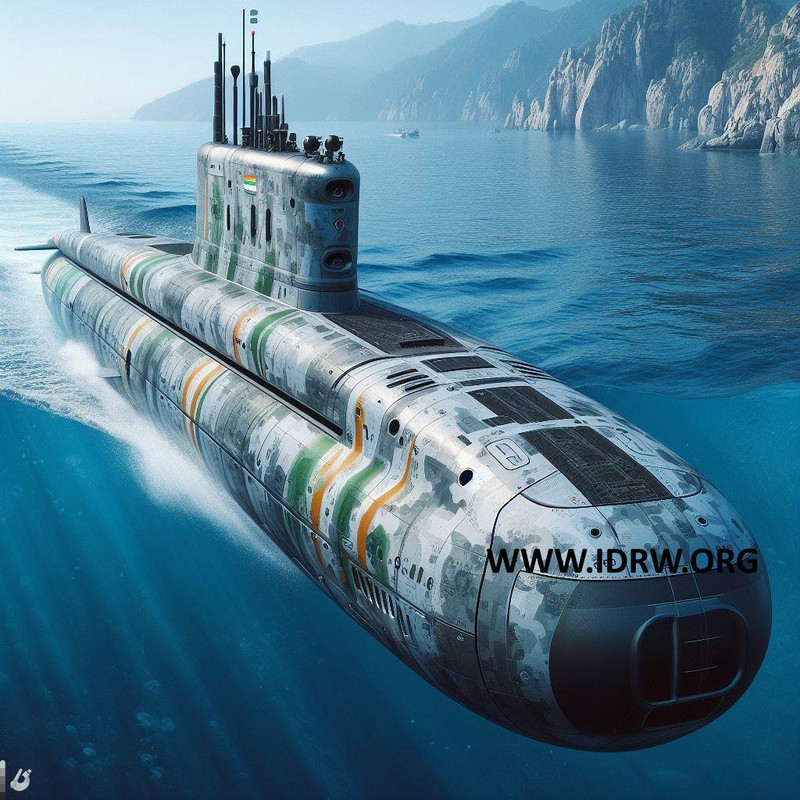SOURCE: RAUNAK KUNDE / NEWS BEAT / IDRW.ORG

The Indian Navy’s quest for self-reliance in underwater warfare is set to accelerate with the ambitious Project-76, which aims to develop next-generation indigenous conventional diesel submarines. While the project awaits the finalization of the ongoing Project-75I (India) submarine acquisition deal, the Warship Design Bureau (WDB) is already working tirelessly, targeting a completed design concept by 2026.
Project-76 envisions creating AIP (Air-Independent Propulsion)-equipped diesel-electric attack submarines. These underwater giants, likely boasting a 3,000-ton submerged displacement, will surpass predecessors like the Project-75I (India) and Project-75 submarines built under foreign designs. Sources close to the program reveal the Navy’s intention to position Project-76 as a successor to the iconic Sindhughosh (Kilo) class, underscoring the emphasis on maintaining a formidable 3,000-ton class.
The project marks a crucial step in India’s quest for maritime dominance. It promises to harness the best of French technology from Project-75 and German/Spanish expertise from Project-75I (India), further enriched by the invaluable experience gained through the ongoing nuclear attack submarine program. Moreover, the Indian Navy is actively collaborating with both government-owned PSUs and private-sector giants to foster the development of cutting-edge technologies specific to the program.
Project 76 will see the procurement of six submarines in two batches, with the second batch incorporating even more advanced features. While the entire project is expected to take off after 2030, the first submarine is projected to begin sea trials only after 2036.
Project 76 transcends mere submarine acquisition. It signifies a bold step towards achieving strategic independence in a critical domain. By mastering the intricacies of design, development, and construction, India will not only equip its Navy with formidable underwater capabilities but also gain the upper hand in future defence collaborations and technology transfers.
NOTE : Article cannot be reproduced without written permission of idrw.org in any form even for YouTube Videos to avoid Copy right strikes. Websites doing illegal reproductions will get DCMA and Legal Notices.